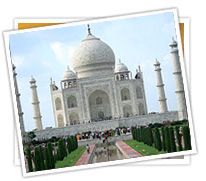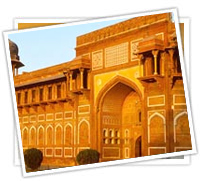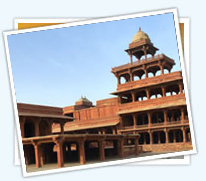Taxi Services Udaipur to Agra, Taxi hire Agra, Car rental Udaipur to Agra, Rent a Car Udaipur to Agra, udaipur to Agra car rental
If you want to explore the city of Tajmahal located on the bank of Yamuna river you are at the right place . We provide the best car rental services for Agra sightseeing . Agra sightseeing tour is very useful for tourist who wants to visit the sightseeing places located within Agra city . The tour offers travellers to visit the Taj gate , the fort and Tajmahal the seventh wonder of world , located within city .
The Agra sightseeing tour can be start from start from various locations as per the guest requirements such as your hotel in Agra, Agra airport , Agra railway station , Agra bus stand etc . We offer our car rental services for Agra sightseeing is very easy and hassle free , you can just book through a call or fill online form and our experts will get back to you quickly to ensure you get best taxi service for sightseeing in Agra. Below are main tourist attraction that will be covered during car rental sightseeing in Agra.

Taj Mahal
Even as the world is caught in the skirmishes of War & peace, Nuclear and Non-Nuclear; Taj has stood as the epitome of love. This extravagant monument of love is one of the most visited and most photographed places in the world. Taj Mahal was built by Shah Jahan in the memory of his beautiful wife Mumtaz Mahal. Taj Mahal was the culmination point of Indo-Persian architecture. The Mughals Emperor were always fond of constructing monuments. Perhaps they knew that they would be gone but these structures will remind the world of their grandeur. Shah Jahan was particularly fond of building . He built the city of Shah Jahanabad which today is called the old Delhi.He loved construction more than that he loved his wife. Mumtaz Mahal as the name indicates, her beauty is compared with the light of heaven. She died while giving birth to her fourteenth child. Shah Jahan was so shocked by her death that his hair turned grey over night.Fatehpur Sikri
Fatehpur Sikri was planned as a great town by Akbar with great care and planning in the honor of Sheikh Salim Chisti but had to be abandoned only after fifteen years due to scarcity of water in the town. Sheikh Salim Chishti was a Sufi saint who blessed the Akbar with his first son and heir, who was named Salim after him and later came to be known as Jehangir. The town was otiginally named Sikri after the village, where it was founded but its twin city Fatehpur (Victory Town) was erected to celebrate Akbar's conquest of Gujarat in June 1573.
Agra Fort
Ever since Babur defeated and killed Ibrahin Lodi at Panipat in 1526, Agra played an important center of Mughal Empire. Akbar chose this city on the bank of River Yamuna as his capital and proceeded to build a strong citadel for the purpose. It is said that he destroyed the damaged old fort of Agra for the purpose and raised this grand group of monuments instead in red sandstone. Started in 1565, it took eight years and thirty-five lakh rupees to complete its construction and is second only to Taj in Agra. Qasim Khan Mir Barr-u-Bahr supervised the construction of this building.Delhi Gate Agra
The masterpiece of Akbar's time, Delhi Gate was built between 1568-69 to the western side of the fort and served as the principal gateway of the fort. It was purposefully designed to enhance the security of the fort. A wooden drawbridge was used to cross the moat and reach the fort from the mainland. Sharp curves, trap points and brick-paved ramp were devised to obstruct the path of the invading army. High and mighty bastions further strengthened the fort. Inside,


